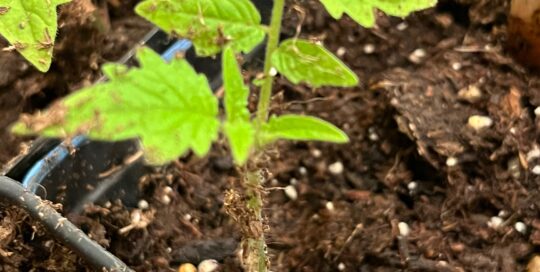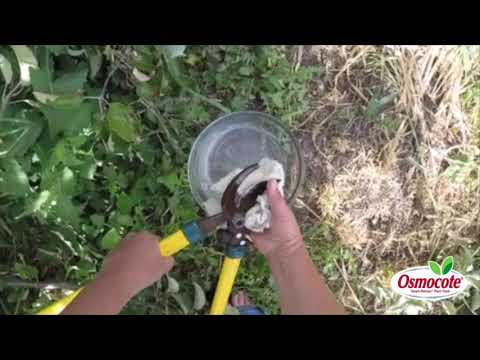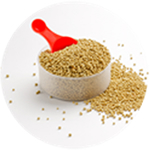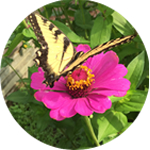Dealing with Squash Vine Borer
Views: 3840
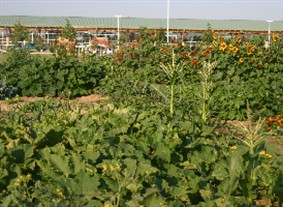
A big problem this time of year is the squash vine borer. Found mostly in the eastern half of the country, they wreak havoc on young plants.
Squash vine borers are tough to deal with at this point in time because the damage is most likely already happening. Many people arent aware of the adult’s presence until it’s too late and the squash plants are withering and dying without obvious reason.
It doesn’t take many borers to do considerable damage to the plants.
How to Eliminate Squash Vine Borer
The first thing you should do is look for the adults, which appear to be a cross between a wasp and an orange-striped lightening bug, although theyre technically a clear winged moth. And, whats equally unusual is they fly during the day when most moths prefer cruising at night.
The squash vine borer pupae overwinters in the soil, and usually emerges by early to the middle of June. The adult lays eggs at the base of the host plants, which hatch in about a week then burrow into the stems to feed. Obviously, this is not good for the plant. It may die from being sucked dry or might be susceptible to diseases.
In 4-6 weeks, the larvae drops into the ground below the plant and snuggles in for the winter.
Cut Borers Out of Squash
If you have an infestation now, one of the least toxic routes is to physically hunt down the borers and cut them out of the stems. The entrance hole usually has a sawdust looking substance around it. Slice up the stem and scoop out the borer. If you cut off the stem below the entrance hole and bury it as best as you can in the soil, you might save it. Regardless, you cant do much more damage than the borer will do.
At this point in time, insecticides arent really effective because the larvae is protected within the stem of the plant. However, if you notice the moths flying around earlier in the year, you can use Sevin or a permethrin spray to try to kill the adults before the lay eggs.
Floating Row Covers and Repellent Plants
Next year, you can also toss a floating row cover over the plants in the early spring to prevent the adults from reaching the base of the plants, but it requires hand pollination since the bees cant reach the flowers. Or, try planting repellent plants such as tansy, marigolds, nasturtium or mints in the area to help ward off the adults.
Plant Around the Lifecycle
Another way to work around the borers is to plant out of sync of their lifecycle. Summer squash and some short-season winter squash will grow fine if planted later in the season. I interviewed Bob and Donna Baker at Bakers Produce in Wadsworth, Ohio a couple of years ago about late season planting, and one of the crops they put in July is zucchini. Itll produce well into fall without the insect issues.
You can also plant varieties that are less susceptible to squash vine borers. For example butternut squash is very resistant to them, while Hubbard squash and zucchini are top on their menu items.
If squash vine borers are an issue this year, it’s a perfect time to get a jump on them for next season. Obviously, if the larvae are nestled in the ground underneath the plant, if you do a post harvest tilling youre likely to kill them before they emerge next spring. That’s a fairly easy endeavor.
Squash vine borers are an awful nuisance when theyre destroying your plants, but with a proactive approach you can eliminate the risks for next season.
Meet Amy Grisak
Amy is a freelance author and photographer in Great Falls, MT who specializes in gardening, foods, and sustainable agriculture. She provides information on every kind…
Amy's Recent Posts
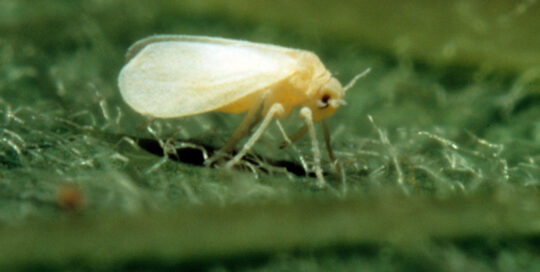
Watch Out for Silverleaf Whiteflies
